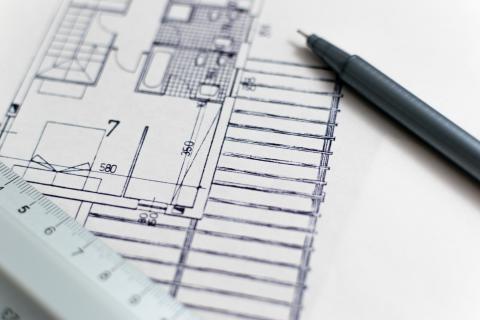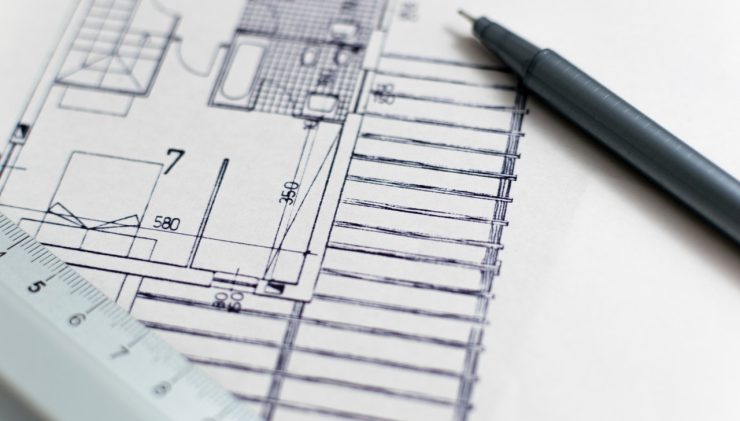 Professional Practices: Systematize Processes to Control Your Risks
Professional Practices: Systematize Processes to Control Your RisksWithout architects and engineers, nothing gets built. You are the dreamers and the idea people. That’s the upside. The downside is that your work can have life-and-death consequences for the thousands of people who use the structures you design. If something goes wrong with a finished project, you and your firm may quickly become the focus. That’s also true of projects that are not yet finished. Fortunately, with proper due diligence, communication and documentation, you can be ready. It all starts with an awareness of the top-six design professional exposures.
Are you protecting your firm from these six high-stakes risks?
- Flawed construction. Your design may be awe-inspiring, but there’s no guarantee the construction company will build it properly. Too often, time and budget constraints mean cheaper materials being used or vital steps in the construction process being ignored. When that happens, structures may not perform as your firm promised, and that can spell trouble.
- Contract language. Beware of poorly written contracts and ambiguous language, as these can expose your firm to unintended, unnecessary, and potentially costly risks.
- Miscommunication. When design professionals and clients aren’t on the same page when it comes to project expectations, it can only lead to conflicts. It’s crucial that everyone involved be as clear as possible about what a project entails before it starts, and that the lines of communication remain wide open during the project to make sure that if anything changes, everyone is on the same page – and less likely to sue.
- Scope creep. When parties disagree about what a project should include, that can lead to a widening project scope, rising costs, nonpayment, or other unpleasantness, including a costly lawsuit.
- Lack of documentation. Lack of documentation is probably the most common driver of Errors & Omissions claims against design professionals. During any project, there are numerous communications with contractors and project owners, especially when changes are made to designs or recommended building materials. When decisions are made, you must document who made them, when they were made and why, and what was communicated to the client.
- Contractor liability. If you subcontract work to another design firm, you could be held liable for the work they do while executing your plans. Your contracts may also include language that holds you legally responsible for your subcontractors’ mistakes and oversights, as well as your own. To reduce this exposure, verify all subs’ licensure and insurance. Having yourself added as an Additional Insured on a sub’s policy could help reduce your risk.
How do you protect your architectural or engineering firm?
You can’t control every risk, but most of the biggest risks to your design firm can be reduced with effective communication, careful contract review, and due diligence. Having the right business insurance coverage such as Professional Liability insurance is another key part of the puzzle.
At Heffernan Insurance Brokers, we have specialists who understand the unique challenges of the architecture and engineering fields, and we can provide the specialized architects and engineers insurance protection you need. Contact us today.


